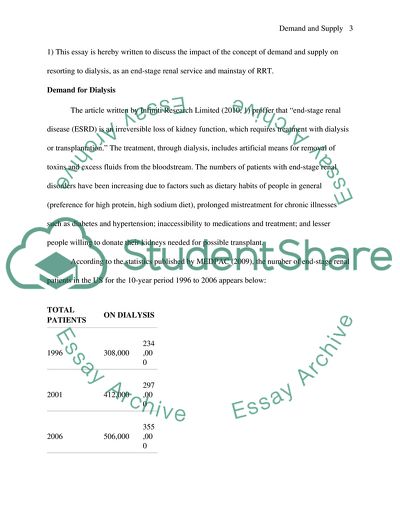Cite this document
(The Demand and Supply Essay Example | Topics and Well Written Essays - 1500 words, n.d.)
The Demand and Supply Essay Example | Topics and Well Written Essays - 1500 words. https://studentshare.org/health-sciences-medicine/1732256-demand-vs-supply-paper
The Demand and Supply Essay Example | Topics and Well Written Essays - 1500 words. https://studentshare.org/health-sciences-medicine/1732256-demand-vs-supply-paper
(The Demand and Supply Essay Example | Topics and Well Written Essays - 1500 Words)
The Demand and Supply Essay Example | Topics and Well Written Essays - 1500 Words. https://studentshare.org/health-sciences-medicine/1732256-demand-vs-supply-paper.
The Demand and Supply Essay Example | Topics and Well Written Essays - 1500 Words. https://studentshare.org/health-sciences-medicine/1732256-demand-vs-supply-paper.
“The Demand and Supply Essay Example | Topics and Well Written Essays - 1500 Words”. https://studentshare.org/health-sciences-medicine/1732256-demand-vs-supply-paper.


